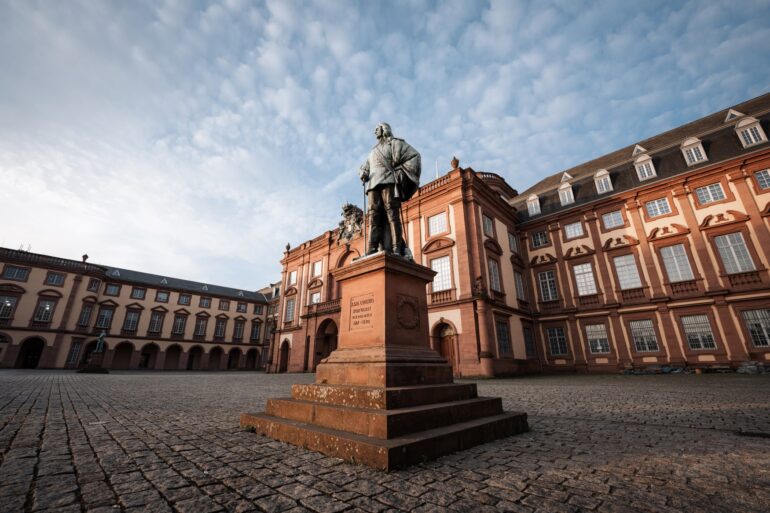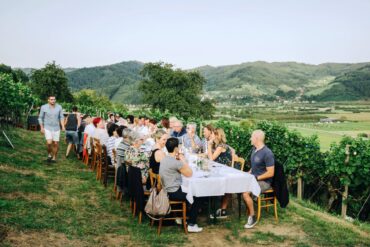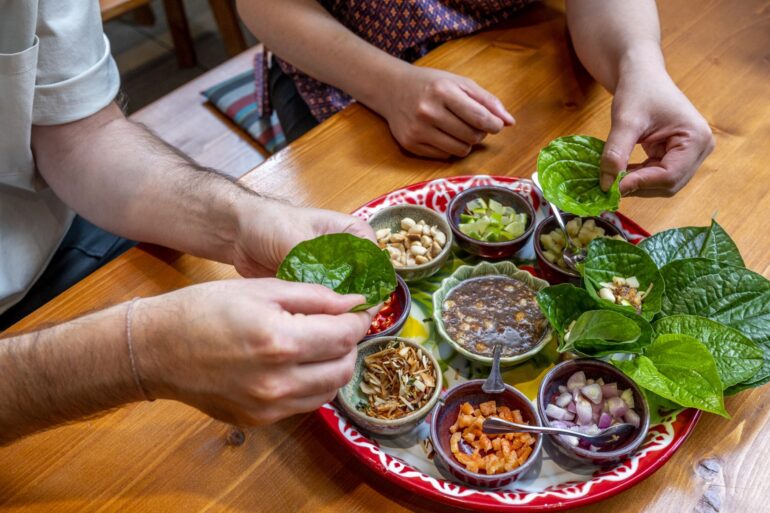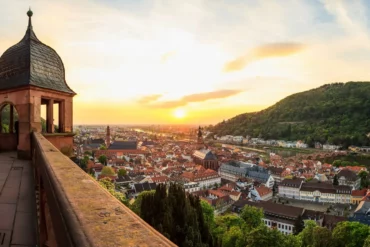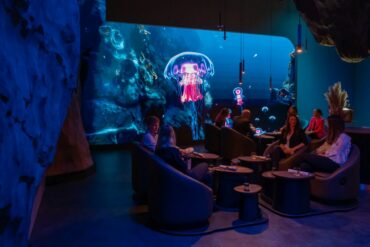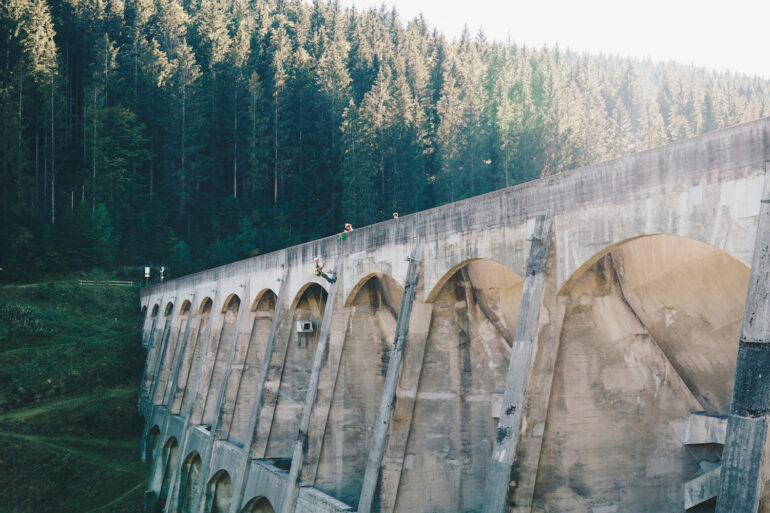Anyone who looks up at the sky on a balmy summer night is looking for more than just the Big...
Tired of ham and cuckoo clocks? These six beautiful destinations in the Black Forest are still real insider tips.
Pack your swimsuit: In summer, we can't imagine anything better than going swimming at these beach resorts in Konstanz.
Looking for a different kind of vacation? No problem. We know 7 unusual places to stay in Baden-Württemberg that are truly extraordinary.
Water lovers take note: Freiburg im Breisgau recently opened Citywave, an artificial wave for surfing. We know what it can do.
Insider tip alert: Mannheim, the pearl of the "Kurpfalz", is a more than worthwhile destination for a city trip. Find out why here.
Want to experience the culinary side of Germany? Nature and culinary delights await on these food tours in the Black Forest.
Not only ham comes from the Black Forest. First-class whey products too. Our editor Jasmin learns this on the cheese route.
·
Mannheim is not only blessed with squares, but also with numerous restaurants. Top chef Dennis Maier reveals his tips for eating out.
Heidelberg Castle shines every year. But the city on the Neckar is not only worth a visit in summer. Here are 10 things to do in Heidelberg.
People looking for unique food events and experiences in Baden-Wuerttemberg are going to be happy at these seven places.
The longest zip line in Germany, thrilling escape games, or rapid descents: Boring hikes in the Black Forest are a thing of the past. These activities will make your next vacation an unforgettable adventure!





